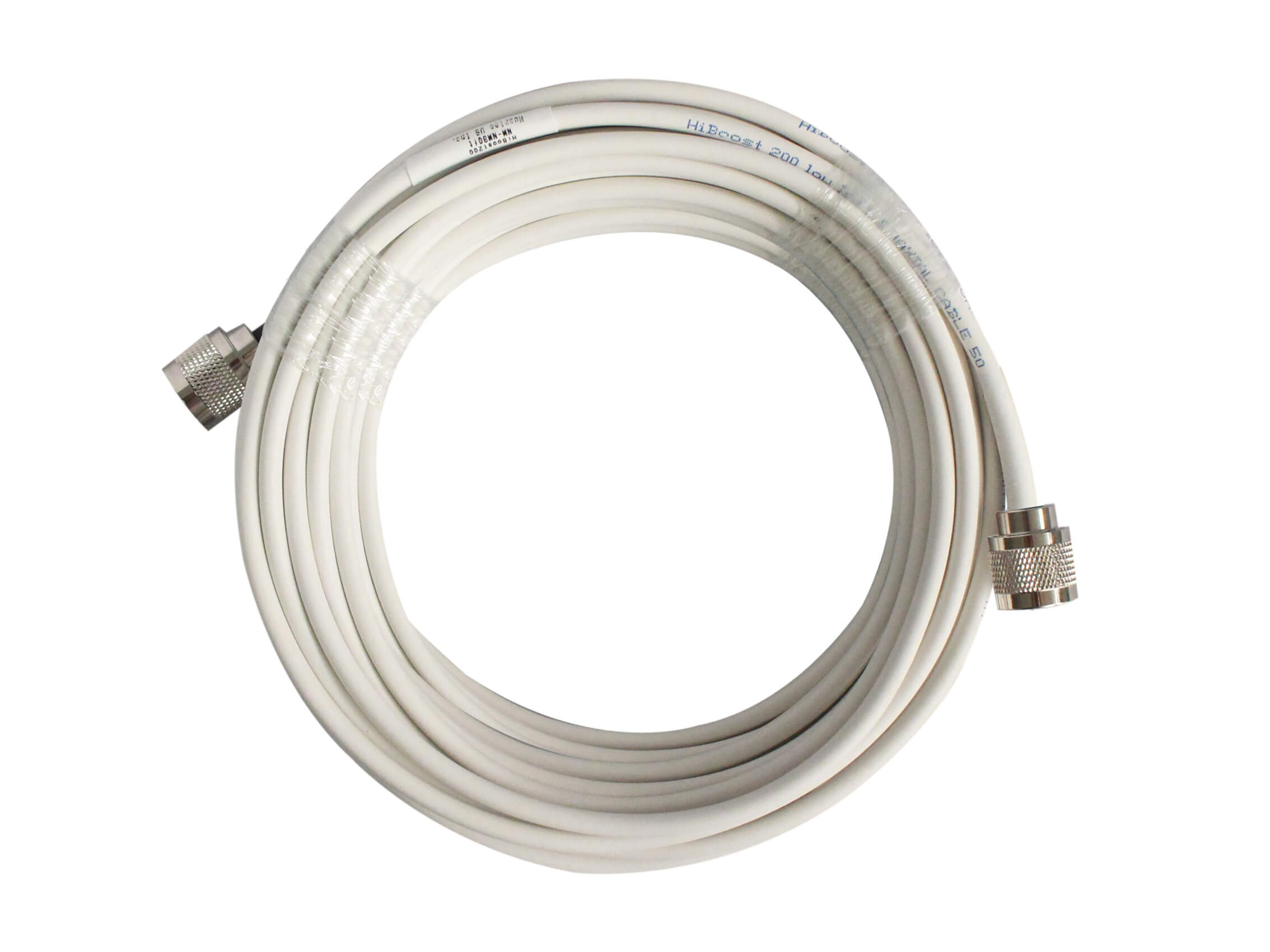Have you been instructed by a technician that you need to replace or instal the underground wiring (or cable line) that we utilise to provide cfa security services to your home? If this is the case, you most likely have a lot of questions. This article will tell you all about what to do.
Cable lines can be either underground or above ground, and they often follow the same course as utility service lines to your house. Please feel free to contact us if you have any queries concerning how to run a cable line or need help with low voltage services.
- How It begins
-Materials List
- Low Voltage Electrical Box
- 3/8″ x 12″ Drill Bit
- 3/8″ x 54″ Auger Drill Bit
- Keyhole Saw
- RG6 Cable
- Cable Clips
- Coax Cable Receptacle Wall Plate
- Hammer
- Drill
- String
- Compression Tool w/ F-Connectors
- Coax Cable Stripper
- Pencil
- Fish Pole or Straightened Coat Hanger
Installation Instructions for Your Own Cable Outlet:
- When you’ve determined where to put the new cable outlet, measure 15 inches and mark a 1-1/2′′ x 3-3/4′′ space.
- Cut a hole in the drywall using a keyhole saw to accommodate the installation of a low voltage electrical box.
- Before proceeding to the following stage, ensure that the region you intend to drill into is free of dangers (i.e. electrical cable, duct work, gas lines, etc.) Place the tip of the auger bit into the cutout and drill into the bottom of the stud wall to get access to the crawl space with open access into the wall.
- Continue down to the crawl space, leaving the auger bit in place. This can help you identify where you’ll be putting the cable. Once in place, use utility string to connect one end of the cable line to the tip of the drill bit before returning inside.
- Slowly draw the drill bit and the cable connection attached to it back up through the hole. Then, insert the low voltage box into the drywall opening and secure it in place.
- Before you can proceed with the installation, you must add an F-connector at the end of the cable. Here’s a fast reference method for attaching F-connectors to coax wire with a compression tool.
- Screw the F-connector to the rear of the coax cable socket wall plate and fasten it to the low voltage electric box.
- For the time being, the internal work has been completed. You must now proceed outdoors to the location of your cable box. This following step may change depending on how your home is built and where your cable connections are run.
- Drill through the concrete block with a 12′′ masonry bit.
- Slide a fish pole or a straightened coat hanger through the hole once you’ve passed past the block.
- Return to the crawlspace now. After you’ve placed one end of the cable line, use cable clips to connect the remaining length of wire to the floor joists as you work your way toward the aperture you just made, closest to the cable box.
- Attach a tiny length of string to the end of the fish pole when you approach the drilled aperture.
- Then connect the other end of the string to the cable line. Head back and draw your line out once it’s secure.
- Before you can complete the installation, you must add an F-connector to this end of the cable using the same procedures that you did inside.
- When I run a new cable line, I label it with a paint marker so that if something happens and I need to disconnect my lines, I can ensure that the proper cables are reconnected.
- Finally, connect your freshly installed cable line to an open connection on the cable company’s cable splitter.
Before I started on my DIY own cable installation, I calculated how much it would cost to hire a professional installer to run my own cable lines through the wall. It would have cost me at least $125 to run a 50′ length of RG6 from the exterior cable box to the inner wall. I was able to obtain all of the items I needed for $85.50 by shopping at Lowe’s and Amazon.com. So not only did I save money by installing the cable line myself, but now I have the tools to DIY anything else via a wall!
So, the next time you’re rearranging a room and discover that you don’t have a cable plug in a convenient location, don’t worry! Take up your own cable installation!








